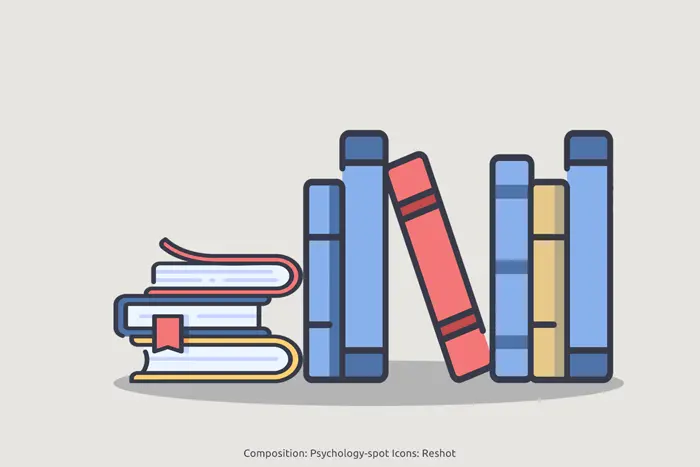
“The Waning of Humaneness”, a book that moves us to the disenchanted way of narrating and face reality. The main postulates may be subject to criticism and we could not even agree with some of them, however, it is a book that cannot go unnoticed.
The first edition was distributed around 1983, but the central theme is always actual and gaining greater prominence with each day.
As psychologist with a humanist tendency, I have to confess that at first I was reluctant to read an author who received the Nobel Prize in Medicine and is also considered the father of ethology. Luckily, I won my doubts and I went off into a reading that plunges into the depths of the psyche and human behavior already in the first eleven chapters, and yet, without being catastrophic, and the last chapter gives us reasons to be optimistic, it shows us the light at the end of the tunnel.
Konrad Lorenz is constantly moving from the thought and feelings of the masses to the experience of each person at an individual level, so we can fully understand both perspectives ending up having a clearer and broader view of how society conditions us and how people let themselves conditioned.
There are some ideas that I consider central in his work:
“The man is unable to keep pace with the increasing speed with which changes the culture and the social environment. The gap is growing year after year”. It must have been this thought a form of prediction at which evolves the digitalized world? How long we can keep the pace of learning required by the consumer society? How far can be considered psychologically healthy to face a career without limits to keep up to date?
“Today’s human beings live in a cultural straitjacket that is getting closer every day”. It is an analysis that invites us to reflect on personal freedom, are we freer today than in the past or simply have changed the social forms to exercise control?
At the same time it analyzes the methods used by commercial advertisements, which at his time had not yet reached grotesque proportions as they have today. What are the most used and effective techniques to advertise a product? Why are these and not others? How each individual contributes to the industry of publicity?
Finally, he takes us to reflect on the difference between what is normal and what can be considered pathological, on what we consider appropriate and what we consider inappropriate and negative. How are established these categories? What is the extent until this kind of measurement is valid?
Perhaps many of the answers that we will meet in this book won’t be entirely comforting, to the point to take us to think the whole humanity is steeped in utter unconsciousness, however, the last chapter returns confidence in the improvement of the human being and promises the way to achieve change.
Without any doubt, at the expense of the depressing title, “The Waning of Humaneness” is a book which is far more therapeutic than any self-help manual, as long as we are willing to reflect and delve into topics proposed by the author.



